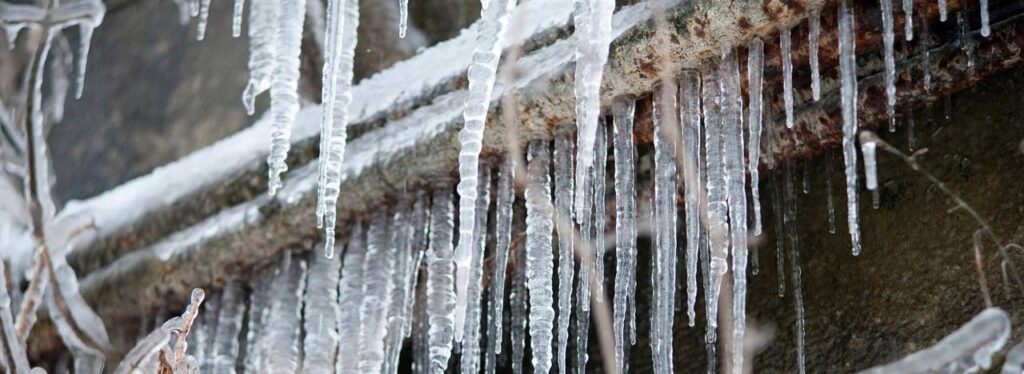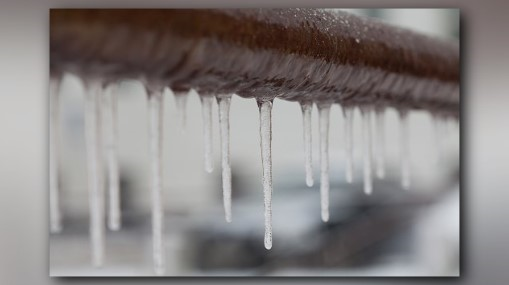Essential Advice to Avoid Frozen Pipes in Winter
Essential Advice to Avoid Frozen Pipes in Winter
Blog Article
The content on the next paragraphs on the subject of Helpful Tips to Prevent Frozen Pipes this Winter is totally entertaining. You should check this stuff out.

Cold weather can ruin your pipes, specifically by freezing pipelines. Below's how to prevent it from taking place and what to do if it does.
Intro
As temperatures decline, the risk of frozen pipes rises, potentially leading to expensive fixings and water damage. Understanding exactly how to stop frozen pipelines is vital for homeowners in chilly environments.
Recognizing Frozen Pipes
What triggers pipelines to ice up?
Pipelines ice up when revealed to temperature levels listed below 32 ° F (0 ° C) for extended periods. As water inside the pipes freezes, it expands, putting pressure on the pipeline wall surfaces and possibly triggering them to rupture.
Dangers and damages
Frozen pipes can result in supply of water interruptions, building damage, and pricey fixings. Ruptured pipes can flood homes and cause substantial structural damage.
Indicators of Frozen Pipes
Recognizing frozen pipes early can stop them from bursting.
How to recognize icy pipes
Search for reduced water circulation from taps, unusual odors or noises from pipes, and visible frost on exposed pipelines.
Prevention Tips
Insulating vulnerable pipes
Wrap pipelines in insulation sleeves or utilize heat tape to secure them from freezing temperatures. Concentrate on pipes in unheated or exterior locations of the home.
Home heating strategies
Keep indoor spaces sufficiently warmed, especially areas with plumbing. Open cabinet doors to enable warm air to circulate around pipelines under sinks.
Shielding Outside Plumbing
Yard pipes and outside faucets
Disconnect and drain pipes garden tubes prior to winter season. Mount frost-proof spigots or cover exterior faucets with insulated caps.
What to Do If Your Pipelines Freeze
Immediate actions to take
If you suspect icy pipes, maintain taps available to ease stress as the ice melts. Utilize a hairdryer or towels taken in hot water to thaw pipelines slowly.
Long-Term Solutions
Architectural changes
Think about rerouting pipelines far from exterior walls or unheated areas. Include added insulation to attics, basements, and crawl spaces.
Upgrading insulation
Buy premium insulation for pipelines, attic rooms, and wall surfaces. Correct insulation aids keep regular temperatures and reduces the danger of icy pipes.
Final thought
Protecting against icy pipelines needs positive procedures and quick reactions. By recognizing the reasons, indications, and safety nets, home owners can safeguard their plumbing during cold weather.
6 Proven Ways to Prevent Frozen Pipes and Protect Your Home
Disconnect and Drain Garden Hoses
Before winter arrives, start by disconnecting your garden hoses and draining any remaining water. Close the shut-off valves that supply outdoor hose bibs and leave the outdoor faucet open to allow any residual water to drain. For extra protection, consider using faucet covers throughout the colder months. It’s also important to drain water from any sprinkler supply lines following the manufacturer’s directions.
Insulate Exposed Pipes
Insulating your pipes is an effective way to prevent freezing. Pipe insulation is readily available at home improvement stores and is relatively inexpensive. Pay close attention to pipes in unheated areas such as the attic, basement, crawl spaces, or garage. Apply foam insulation generously to create a buffer against the cold. You can also wrap your pipes in heat tape or thermostat-controlled heat cables for added warmth.
Seal Air Leaks
Inspect your home for any cracks or openings that could let in cold air. Seal any holes around the piping in interior or exterior walls, as well as the sill plates where your home rests on its foundation. Additionally, make sure to keep your garage door closed unless you’re entering or exiting. Leaving it open creates a significant air leak that can lead to frozen pipes.
Allow Warm Air Circulation
During cold snaps, it’s essential to allow warm air to circulate evenly throughout your home. Leave interior doors ajar to promote better airflow. Open kitchen and bathroom cabinets to help distribute heat consistently around the rooms. If you have small children or pets, be sure to remove any household chemicals or potentially harmful cleaners from open cabinets for safety.
Let Faucets Drip
A small trickle of water can make a big difference in preventing ice formation inside your pipes. When temperatures drop significantly, start a drip of water from all faucets served by exposed pipes. This continuous flow helps prevent the water from freezing. Additionally, running a few faucets slightly can relieve pressure inside the pipes, reducing the chances of a rupture if the water inside does freeze.
https://choateshvac.com/6-proven-ways-to-prevent-frozen-pipes-and-protect-your-home/

As a passionate reader about Prevent Frozen Pipes , I thought sharing that excerpt was smart. Do you know somebody else who is in to How To Avoid Freezing Pipes? Take a moment to promote it. Many thanks for being here. Kindly come visit our blog back soon.
Call Today Report this page